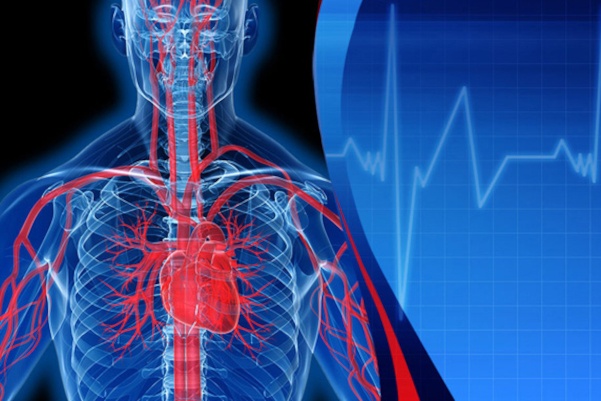
Pericarditis: what are the causes of pericardial inflammation?
The pericardium is the structure that covers and protects the heart and consists of two membranes separated by a thin layer of fluid
If the pericardium becomes inflamed, it is called pericarditis. When the pericardium is inflamed, the membranes become inflamed and there may be an increase in fluid, which in some cases can compress the heart.
What causes this inflammatory process and what are the consequences for cardiac function?
The most common causes of pericarditis
In most cases, pericarditis is due to a viral infection; more rarely, it is caused by bacteria or other pathogens.
Other diseases such as tumours, kidney failure or autoimmune diseases such as systemic lupus erythematosus may also be the cause.
Rarely, pericarditis may be the result of a myocardial infarction. This is referred to as epistenocardial pericarditis.
However, this was more common in the past, before the advent of reperfusion therapy, because pericarditis is more likely to occur in the case of large infarcts.
Today, because infarcts usually undergo reperfusion therapy promptly, they rarely induce inflammation of the pericardium.
Pericarditis can also occur following surgery in which the pericardium is cut, as is typically the case in cardiac surgery: injury to the pericardium can trigger an autoimmune reaction.
Identifying the underlying cause of pericarditis (whether infectious or not) is crucial in choosing treatment.
Symptoms of pericarditis
This condition affects men more than women. The typical symptom of acute pericarditis is chest pain.
This is different from heart attack pain and tends to change, for example, with breathing, coughing and to worsen if you are lying down.
ECG EQUIPMENT? VISIT THE ZOLL BOOTH AT EMERGENCY EXPO
What happens in case of pericarditis?
If the inflammation leads to a rapid accumulation of a large amount of fluid inside the pericardial sac, which by nature is not very distensible, the heart may be compressed and no longer able to fill with blood: in this case there is cardiac tamponade, which is a medical emergency.
If, on the other hand, the accumulation of fluid is slow and/or the inflammatory process leads to a thickening and stiffening of the pericardium, the heart is unable to expand adequately, but the situation is less dramatic than the previous one.
There is no direct damage to the heart muscle, but the sac prevents the heart from filling and pumping blood, which is comparable to heart failure.
The symptoms are the same, starting with oedema of the lower limbs.
The problem is that once the inflammation has resolved, it can recur (known as recurrent pericarditis), although it rarely becomes chronic.
Read Also:
Do You Have Episodes Of Sudden Tachycardia? You May Suffer From Wolff-Parkinson-White Syndrome (WPW)
Knowing Thrombosis To Intervene On The Blood Clot
Inflammations Of The Heart: What Are The Causes Of Pericarditis?


